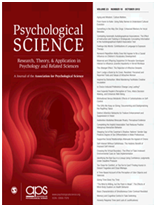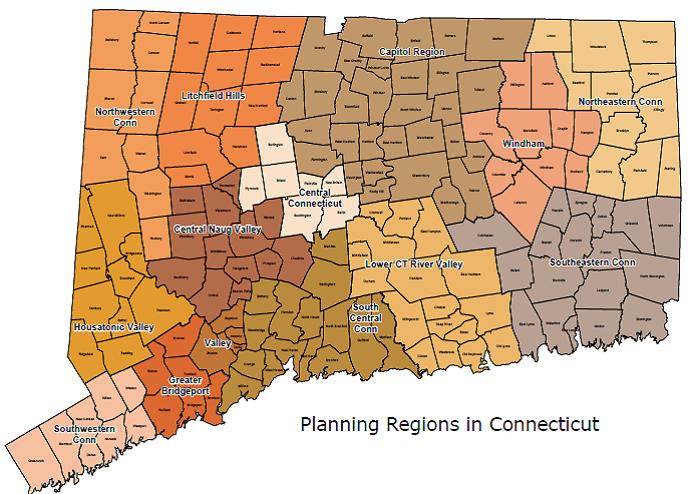Entrepreneurship is Focus of November Attention in CT and Beyond
/November is a terrific month to glimpse the future. Startup Weekend returns to New Haven the weekend of November 9-11. And right behind it arrives Global Entrepreneurship Week, November 12-18. Startup Weekend is a global grassroots movement of active and empowered entrepreneurs who are learning the basics of founding startups and launching successful ventures. It is the largest community of passionate entrepreneurs with over 400 past events in 100 countries around the world a year ago. All Startup Weekend events follow the same basic model: anyone is welcome to pitch their startup idea and receive feedback from their peers. Teams organically form around the top ideas (as determined by popular vote) and then it’s a 54 hour frenzy of business model creation, coding, designing, and market validation.
The weekends culminate with presentations in front of local entrepreneurial leaders with another opportunity for critical feedback. Whether entrepreneurs found companies, find a cofounder, meet someone new, or learn a skill far outside their usual 9-to-5, everyone is guaranteed to leave the event better prepared to navigate the chaotic but fun world of startups. New Haven and Hartford have been host to Startup Weekends in Connecticut.
Right on the heels of that weekend will be Global Entrepreneurship Week, when millions of young people around the world - including some in Connecticut - join a growing movement of entrepreneurial people, to generate new ideas and to seek better ways of doing things.
Countries across six continents come together to celebrate Global Entrepreneurship Week during Nov. 12-18, an initiative to inspire young people to embrace innovation, imagination and creativity. Students, educators, entrepreneurs, business leaders, employees, non-profit leaders, government officials and many others participate in a range of activities, from online to face-to-face, and from large-scale competitions and events to intimate networking gatherings.
Among the Connecticut locations already signed on to participate in at least one activity during the week are Norwalk High School, Quinnipiac University, RHAM High School in Hebron, and Pathways to Technology Magnet School in Windsor.



































